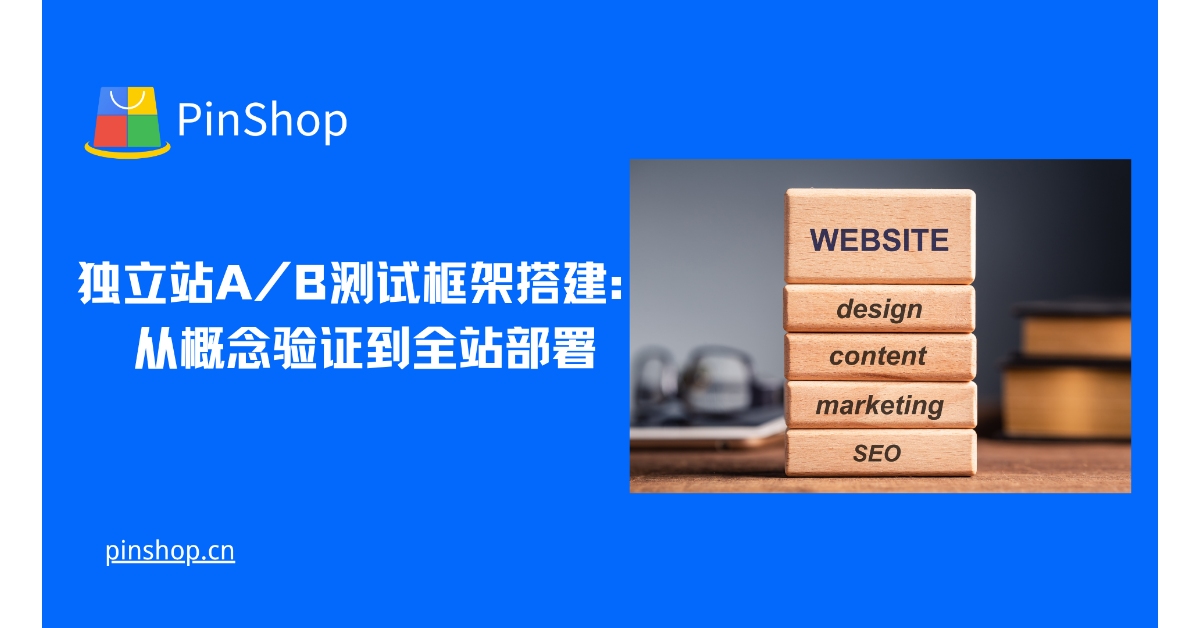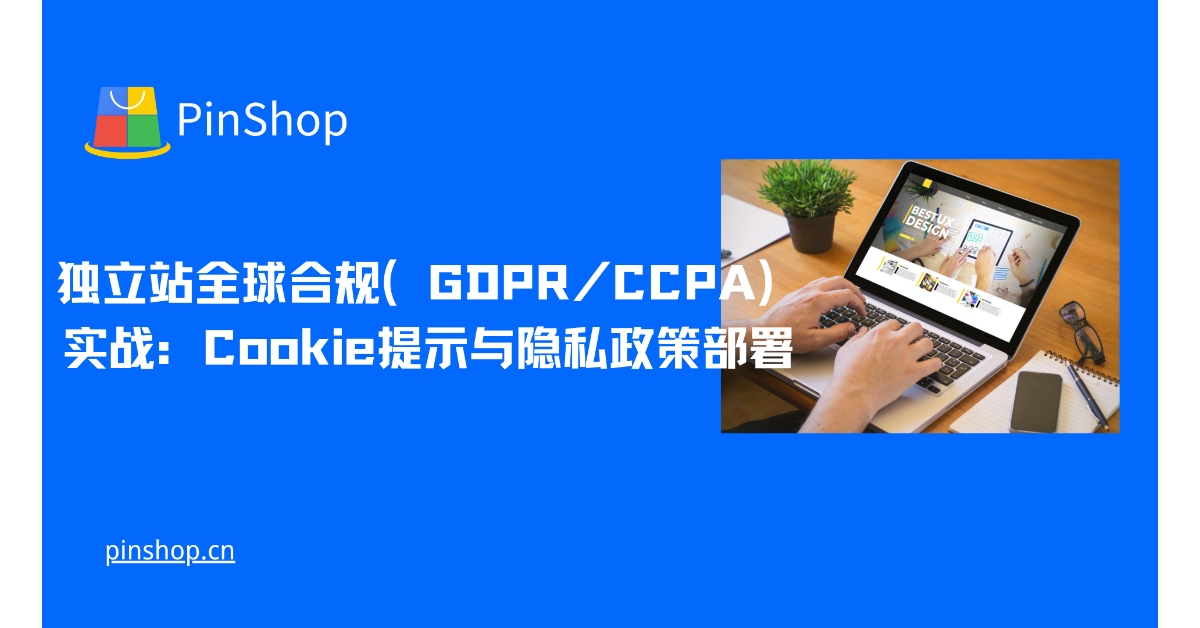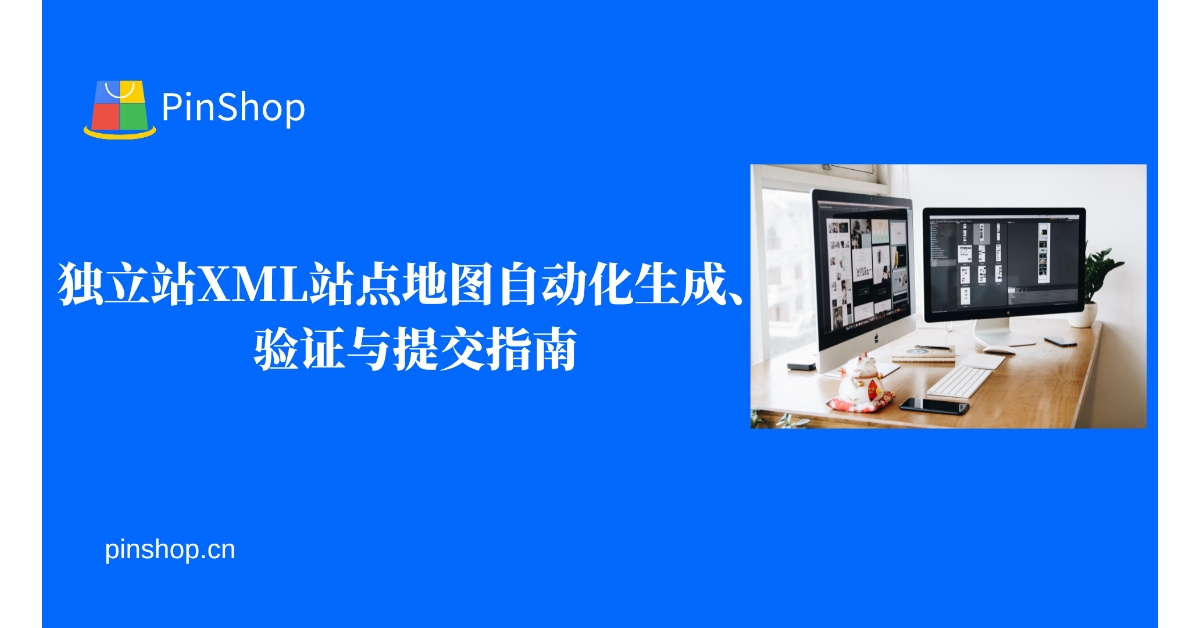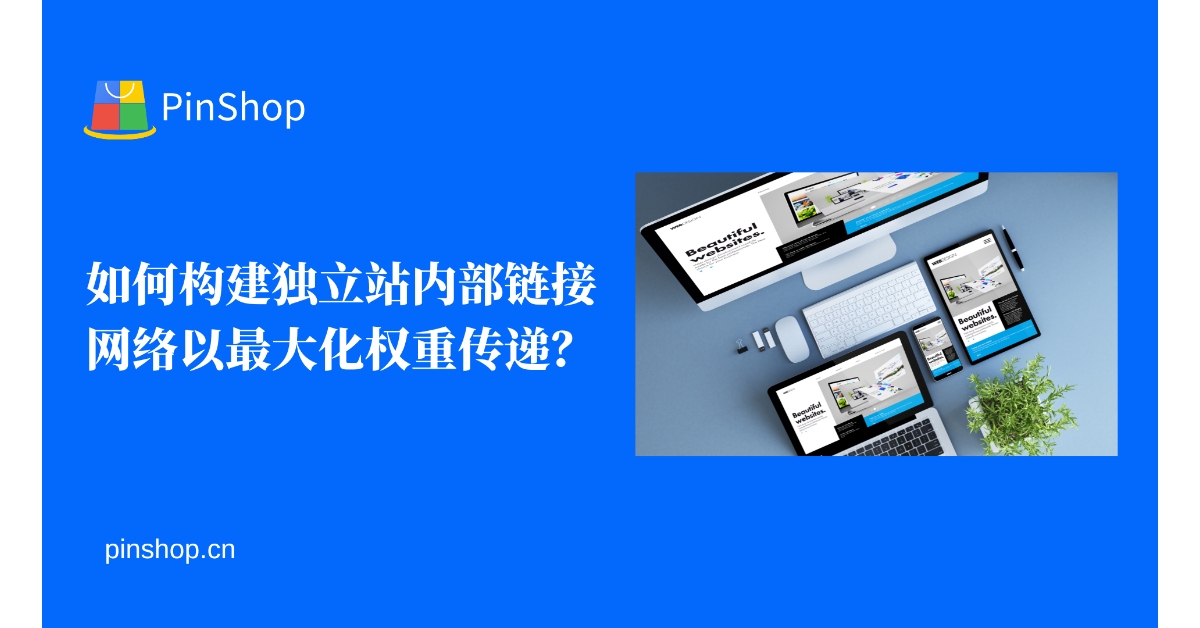A recent McKinsey report indicates that by 2025, digital technologies will drive global cross-border e-commerce to exceed $6 trillion, with independent e-commerce platforms expected to account for 45% of this total. The "White Paper on Digital Foreign Trade Development" released by the China Council for the Promotion of International Trade emphasizes that independent e-commerce platforms are evolving from mere sales channels to core hubs for digital foreign trade. This article will delve into three key trends in technological convergence and reveal how independent e-commerce platforms are leading the next generation of foreign trade transformation.
 The AI-driven intelligent independent station revolution
The AI-driven intelligent independent station revolution
Artificial intelligence technology is reshaping the operational paradigm of independent websites. A World E-Commerce Forum study shows that independent websites using AI technology reduce their average customer acquisition costs by 38% and increase their conversion rates by 52%. This transformation is primarily reflected in three aspects:
Intelligent interactive systems are redefining the customer experience. Leveraging natural language processing technology, independent websites can provide 24/7 multilingual intelligent customer service. After deploying Pinshop's AI customer service, a Hangzhou clothing company saw a fivefold increase in response speed and a 92% customer satisfaction rating. Google Analytics data shows that AI chatbots can reduce customer service labor costs by 65%.
Data-driven intelligent decision-making systems empower refined operations. Machine learning algorithms analyze user behavior data in real time, automatically optimizing key processes like product recommendations and advertising placement. The China Cross-Border E-Commerce Association's case library shows that independent sites using predictive algorithms have seen an average 70% increase in advertising ROI.
Automated content generation significantly improves operational efficiency. AI writing tools can batch-generate multilingual product descriptions, marketing emails, and other content. Pinshop's Content Factory module can reduce content production costs by 80% while maintaining consistent brand tone.
Blockchain builds a trusted cross-border transaction ecosystem
The combination of blockchain technology and independent websites is addressing the trust pain points of traditional foreign trade. A report from the Global Supply Chain Association indicates that blockchain applications can reduce cross-border transaction disputes by 60%, primarily in three areas:
Smart contracts automate transaction execution. When pre-set conditions are met, they automatically trigger actions like payment and shipment. A Shenzhen electronics company, after adopting this technology, saw its order processing efficiency triple. This decentralized trust mechanism is particularly well-suited for large-scale B2B transactions.
Traceability systems enhance product credibility. By putting information on the blockchain, including raw materials, production, and logistics, a World Bank study shows, this can increase the price premium of high-end products by 25%. Luxury goods and health supplements particularly benefit from this transparency.
Digital identity authentication simplifies cross-border compliance. The China Chamber of Commerce for Import and Export of Machinery and Electronic Products predicts that establishing a verifiable digital identity profile will reduce corporate compliance costs by 40%, particularly benefiting small and medium-sized enterprises in their international expansion.
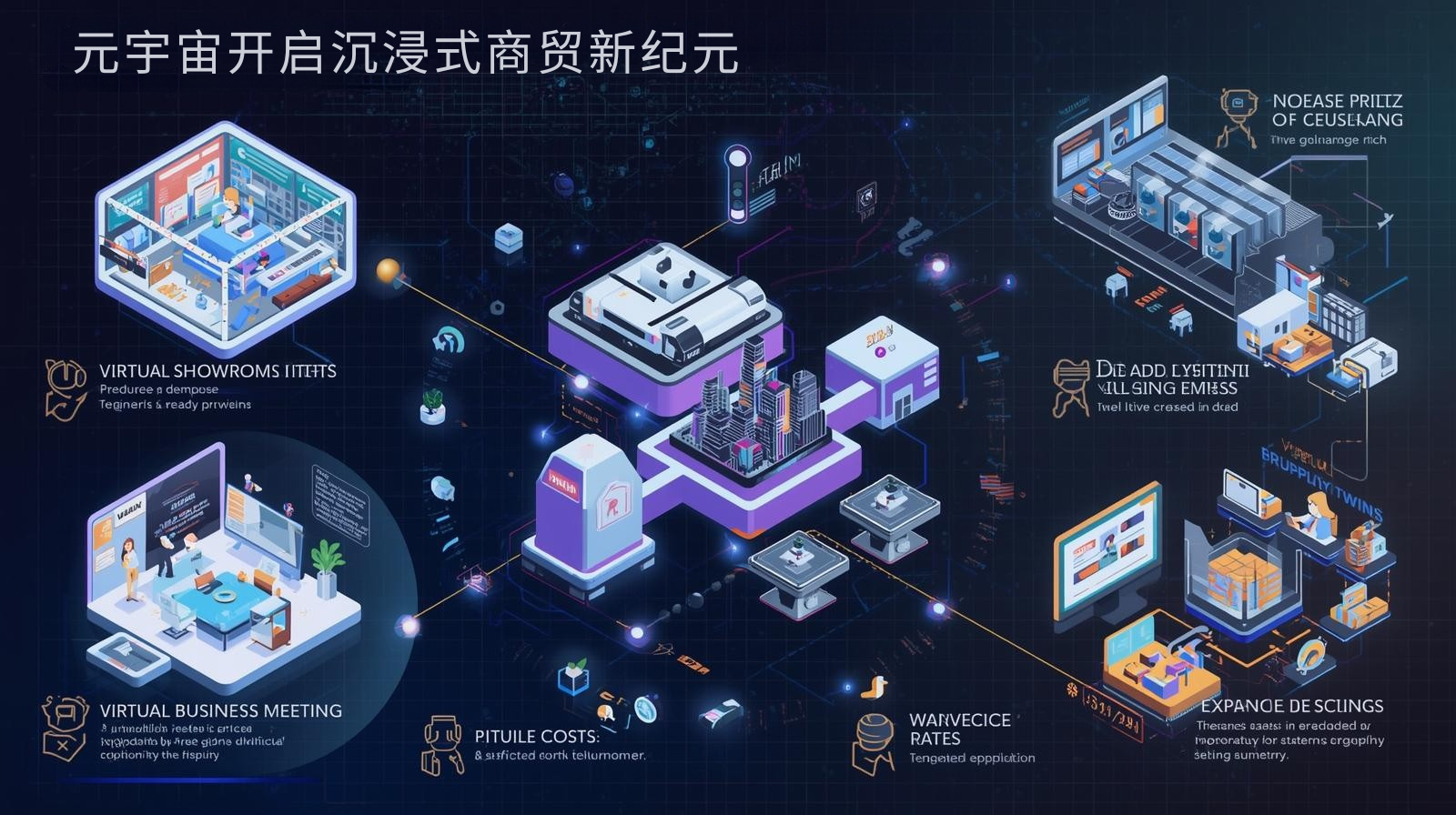 The Metaverse Opens a New Era of Immersive Commerce
The Metaverse Opens a New Era of Immersive Commerce
Metaverse technology is creating a whole new cross-border business landscape. Shopify's latest research shows that 38% of global buyers prefer to inspect suppliers virtually. This trend is spawning three innovative applications:
Virtual showrooms offer an immersive product experience. Using 3D modeling and VR technology, buyers can view product details in 360 degrees. After a Foshan building materials company established a virtual showroom, it reduced sample mailing costs by 60% and increased its closing rate by 30%.
Digital twins optimize supply chain management. By creating a virtual representation of the physical warehouse, Pinshop's Metaverse module enables visual inventory monitoring. A World E-Commerce Forum case study showed this can increase warehouse efficiency by 45%.
Virtual business meetings transcend the constraints of time and space. Establishing a sustainable online exhibition hall can reduce exhibition costs by 70% and triple the number of customers a company can reach, according to data from the China Council for the Promotion of International Trade.
Pinshop: Your bridge to the future of digital foreign trade
Pinshop 's next-generation website building platform deeply integrates three major technology trends:
✅ AI intelligent operation center
✅ Blockchain trusted transaction module
✅ Metaverse Business Scenario Builder
👉Start future foreign trade immediately
Recommended related articles: Multilingual Independent Station Strategy: Balancing Localization and Internationalization


